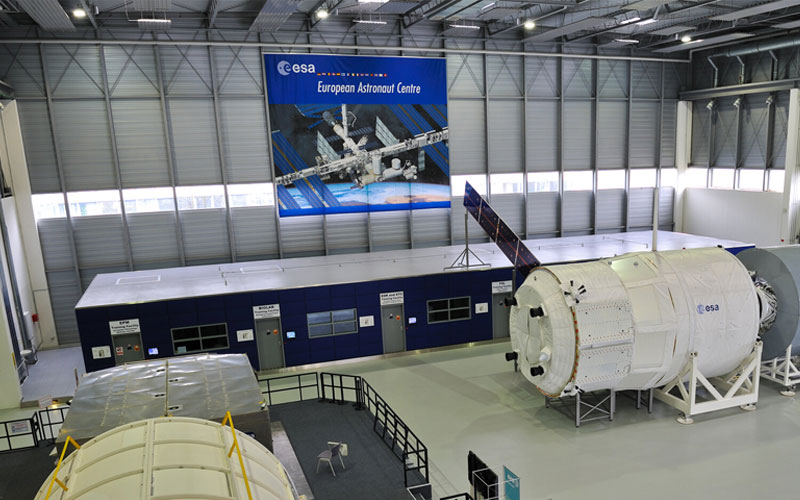
Hungary has signed a framework agreement with the European Space Agency for cooperation in the development and management of the country’s Hungarian to Orbit (HUNOR) initiative.
In 2021, the country adopted its National Space Strategy, which had been developed by the Ministry of Foreign Affairs and Trade. As part of that strategy, Hungary launched its HUNOR initiative, which received a budget of $99 million and aims to send a Hungarian astronaut to the International Space Station (ISS). In addition to going towards the cost of a flight aboard an Axiom private astronaut mission to the ISS, the funding will also be used for research initiatives associated with the mission.
On 7 March, Orsolya Ferencz, the Hungarian foreign ministry’s commissioner for space science, announced the signing of the framework agreement on Facebook. Under the agreement, ESA will support the country’s budding national astronaut programme by supplying training for its astronauts and medical staff. The agency will also provide ground support for the mission and assistance with the integration of the mission’s science programme.
The agreement reached with ESA is not only significant for Hungary, but it also marks a first for the agency.
“This is the first time the European Space Agency has entered into a partnership with a member state implementing its own national astronaut research program. This is truly a unique agreement,” said Ferencz.
Applications for the HUNOR astronaut selection process closed in January 2022, with a total of 244 candidates applying for the honour. On 7 March, following a more than twelve-month selection process, the top four candidates were announced. The four candidates are András Szakály, Dr. Ádám Schlégl, Gyula Cserényi, and Tibor Kapu. All four will undergo training. The group of four will then be whittled down to just two, with the candidate selected for the mission being announced shortly before the launch date.
According to Minister Ferencz, the Axiom mission carrying the Hungarian astronaut will be launched towards the end of 2024 or early 2025.




